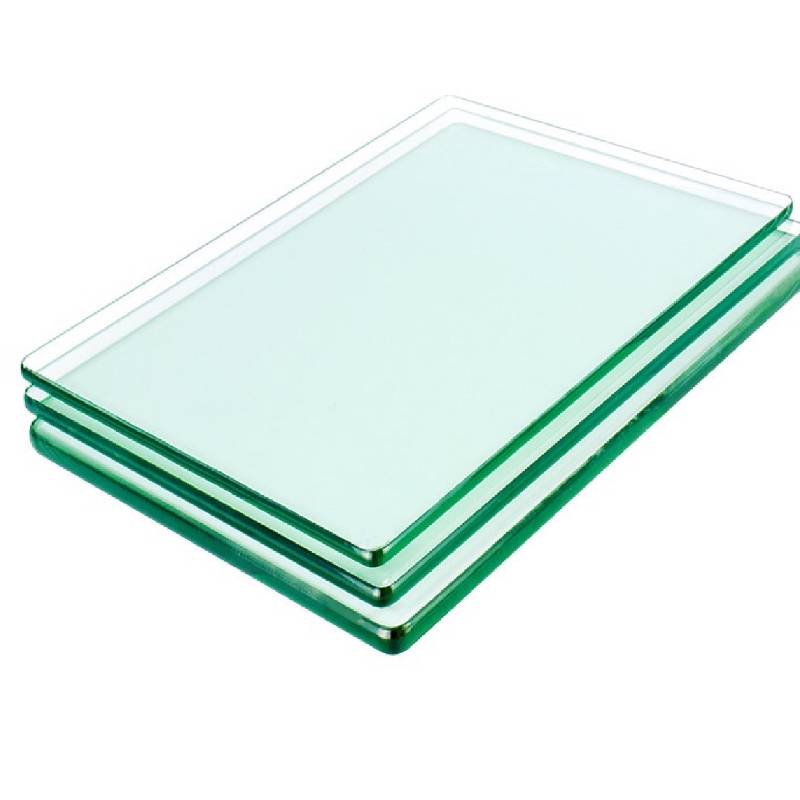Architectural Glass Products Transforming Spaces with Elegance and Functionality
Architectural glass products have emerged as a fundamental component in modern design, enhancing both the aesthetics and functionality of buildings. From residential homes to commercial skyscrapers, glass plays a pivotal role in shaping environments that are not only visually appealing but also operationally efficient. As technology advances, the versatility and application of architectural glass continue to evolve, creating endless possibilities for architects and designers.
The Aesthetic Appeal of Glass
One of the most striking features of architectural glass is its ability to create openness and transparency. Large glass facades can transform spaces, flooding interiors with natural light and providing unobstructed views of the surrounding landscape. This connection with the outdoors fosters a sense of harmony between the built environment and nature, which is increasingly valued in contemporary architecture.
Moreover, architectural glass comes in various forms and treatments that enhance its beauty. From sleek, clear panes to textured or colored glass, designers can choose the right type to complement their design concepts. Innovations like low-iron glass, which boasts enhanced clarity and reduced green tint, further expand the scope for design, allowing for installations that prioritize both beauty and precision.
Functional Benefits
Beyond aesthetics, architectural glass products offer numerous practical benefits. For instance, energy-efficient glazing technologies significantly reduce energy consumption by regulating indoor temperatures. Double or triple glazing systems, combined with specialized coatings, can minimize heat loss during colder months and reduce heat gain in the summer. These innovations not only contribute to environmental sustainability but also result in cost savings for building owners by reducing reliance on heating and cooling systems.
Additionally, advancements in safety glass provide enhanced protection against impacts and breakage. Laminated and tempered glass options are designed to withstand various stressors, making them ideal for high-traffic areas or structures prone to extreme weather conditions. This level of durability ensures that architectural glass products remain not only beautiful but also resilient over time.
architectural glass products
Innovative Applications
Architectural glass is not limited to traditional windows and facades. Its application has expanded to include a wide range of innovative products, such as glass railings, skylights, and even glass floors. These features contribute to a sense of openness and continuity within spaces while maintaining safety and structural integrity.
One notable trend is the use of structural glass, which can replace traditional support elements. This approach allows for seamless designs that prioritize clean lines and unobstructed views. Glass bridges, for instance, provide thrilling experiences while offering visually intriguing architectural statements.
Sustainability and Future Trends
As sustainability becomes a central focus in architecture, architectural glass products are also evolving to meet these demands. The integration of solar control and energy-generating technologies within glass panels has paved the way for buildings that can generate their own electricity. Additionally, the use of recycled glass in manufacturing processes aligns with eco-friendly practices, making architectural glass a more sustainable choice.
The future of architectural glass will likely involve further advancements in smart glass technology, which can change its properties based on environmental conditions. Imagine windows that tint automatically in response to sunlight or walls that can regulate temperature and light levels based on occupancy preferences.
Conclusion
Architectural glass products are revolutionizing the way we design and interact with our built environments. Their capacity to merge beauty with functionality, alongside emerging sustainable practices, positions them at the forefront of modern architecture. As we continue to explore new innovations in glass technology, the possibilities for integrating architectural glass into future designs are boundless, promising to create spaces that are not only stunning but remarkably efficient.
 Afrikaans
Afrikaans  Albanian
Albanian  Amharic
Amharic  Arabic
Arabic  Armenian
Armenian  Azerbaijani
Azerbaijani  Basque
Basque  Belarusian
Belarusian  Bengali
Bengali  Bosnian
Bosnian  Bulgarian
Bulgarian  Catalan
Catalan  Cebuano
Cebuano  Corsican
Corsican  Croatian
Croatian  Czech
Czech  Danish
Danish  Dutch
Dutch  English
English  Esperanto
Esperanto  Estonian
Estonian  Finnish
Finnish  French
French  Frisian
Frisian  Galician
Galician  Georgian
Georgian  German
German  Greek
Greek  Gujarati
Gujarati  Haitian Creole
Haitian Creole  hausa
hausa  hawaiian
hawaiian  Hebrew
Hebrew  Hindi
Hindi  Miao
Miao  Hungarian
Hungarian  Icelandic
Icelandic  igbo
igbo  Indonesian
Indonesian  irish
irish  Italian
Italian  Japanese
Japanese  Javanese
Javanese  Kannada
Kannada  kazakh
kazakh  Khmer
Khmer  Rwandese
Rwandese  Korean
Korean  Kurdish
Kurdish  Kyrgyz
Kyrgyz  Lao
Lao  Latin
Latin  Latvian
Latvian  Lithuanian
Lithuanian  Luxembourgish
Luxembourgish  Macedonian
Macedonian  Malgashi
Malgashi  Malay
Malay  Malayalam
Malayalam  Maltese
Maltese  Maori
Maori  Marathi
Marathi  Mongolian
Mongolian  Myanmar
Myanmar  Nepali
Nepali  Norwegian
Norwegian  Norwegian
Norwegian  Occitan
Occitan  Pashto
Pashto  Persian
Persian  Polish
Polish  Portuguese
Portuguese  Punjabi
Punjabi  Romanian
Romanian  Russian
Russian  Samoan
Samoan  Scottish Gaelic
Scottish Gaelic  Serbian
Serbian  Sesotho
Sesotho  Shona
Shona  Sindhi
Sindhi  Sinhala
Sinhala  Slovak
Slovak  Slovenian
Slovenian  Somali
Somali  Spanish
Spanish  Sundanese
Sundanese  Swahili
Swahili  Swedish
Swedish  Tagalog
Tagalog  Tajik
Tajik  Tamil
Tamil  Tatar
Tatar  Telugu
Telugu  Thai
Thai  Turkish
Turkish  Turkmen
Turkmen  Ukrainian
Ukrainian  Urdu
Urdu  Uighur
Uighur  Uzbek
Uzbek  Vietnamese
Vietnamese  Welsh
Welsh  Bantu
Bantu  Yiddish
Yiddish  Yoruba
Yoruba  Zulu
Zulu 

